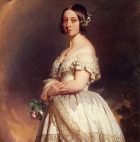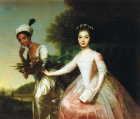Classroom Resources
The HA has spent a great deal of effort in developing resonant support for the Key Stage 2 curriculum. Most you will find here, especially the articles and reviews from Primary History. Read more
-

Victorians
ArticleClick to view -

Teaching Ancient Egypt
ArticleClick to view -

Britain from the Iron Age to Robin Hood
ArticleClick to view -

Stone Age to Iron Age - overview and depth
ArticleClick to view -

Using the back cover image: Windmill Hill
ArticleClick to view -

Slavery in Britain
ArticleClick to view -

The world on the wall: exploring diversity on Hadrian's Wall
ArticleClick to view -

Political literacy: citizenship through the English national curriculum's the Romans in Britain study unit
ArticleClick to view -

A History of the World: 100 objects that tell a story
ArticleClick to view -

Helping pupils to view historical film critically
ArticleClick to view -

A creative Egyptian project
ArticleClick to view -

In My View: Creativity & History
ArticleClick to view -

The digital revolution
ArticleClick to view -

The Interactive Whiteboard or Smart Board
ArticleClick to view -

History, ICT and the digital age
ArticleClick to view -

Chronology through ICT
ArticleClick to view -

Bring on the iPad revolution
ArticleClick to view -

Case Study: Hit the net!
ArticleClick to view -

Case Study: Historical information and the local community
ArticleClick to view -

English Heritage's Heritage Explorer
ArticleClick to view

